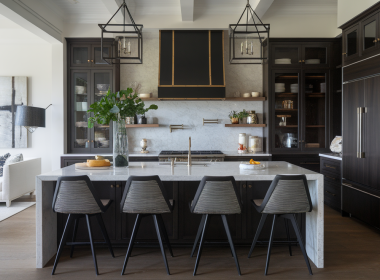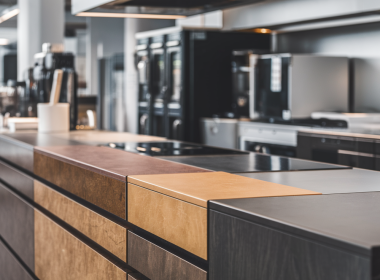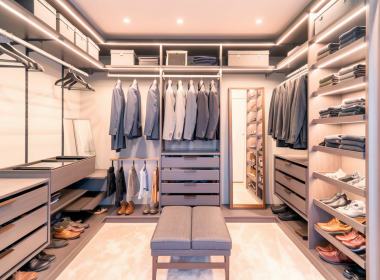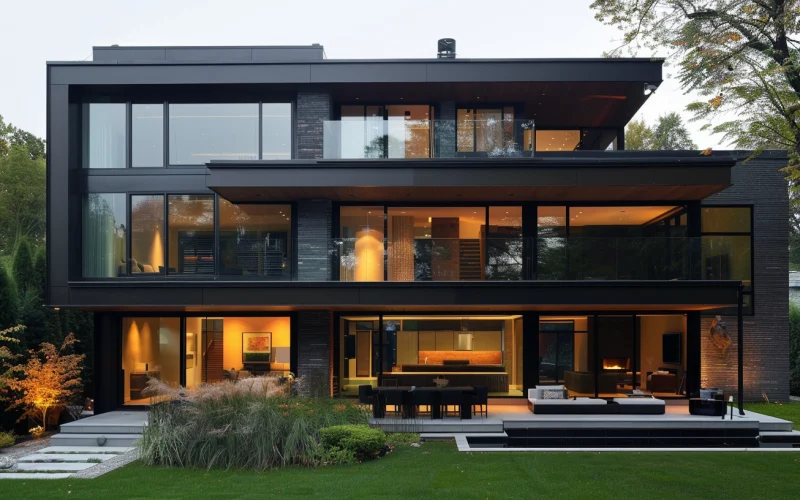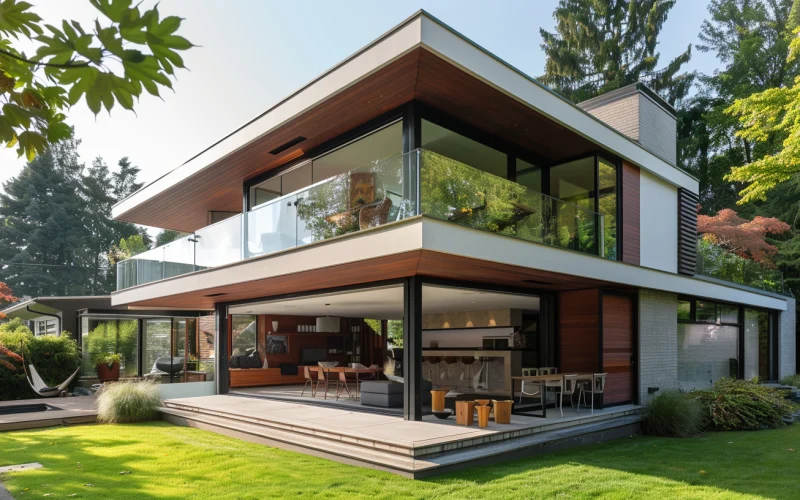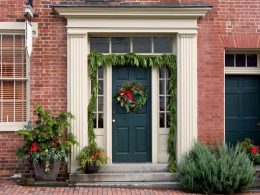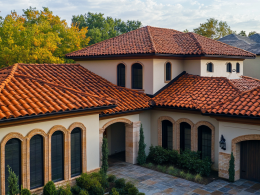Modern homes with sleek designs and contemporary features have gained immense popularity among homebuyers in recent years.
The clean lines, open floor plans, and minimalist aesthetics of modern house exteriors have become synonymous with luxury and sophistication.
However, despite their undeniable appeal, modern homes have several downsides that potential homeowners should carefully consider before purchasing.
In this blog post, we’ll explore the various drawbacks of modern homes and why they may not be the ideal choice for everyone.
1. Lack of Character and Uniqueness
One of the most significant downsides of modern homes is their lack of character and uniqueness.
Many modern house exteriors are mass-produced using similar designs and materials, resulting in a homogeneous appearance across neighborhoods.
This cookie-cutter approach to housing can make it challenging for homeowners to personalize their living spaces and create a home that truly reflects their style and personality.
Consequently, modern homes often lack the charm and distinctiveness of older, more traditional properties.
2. Poor Construction Quality
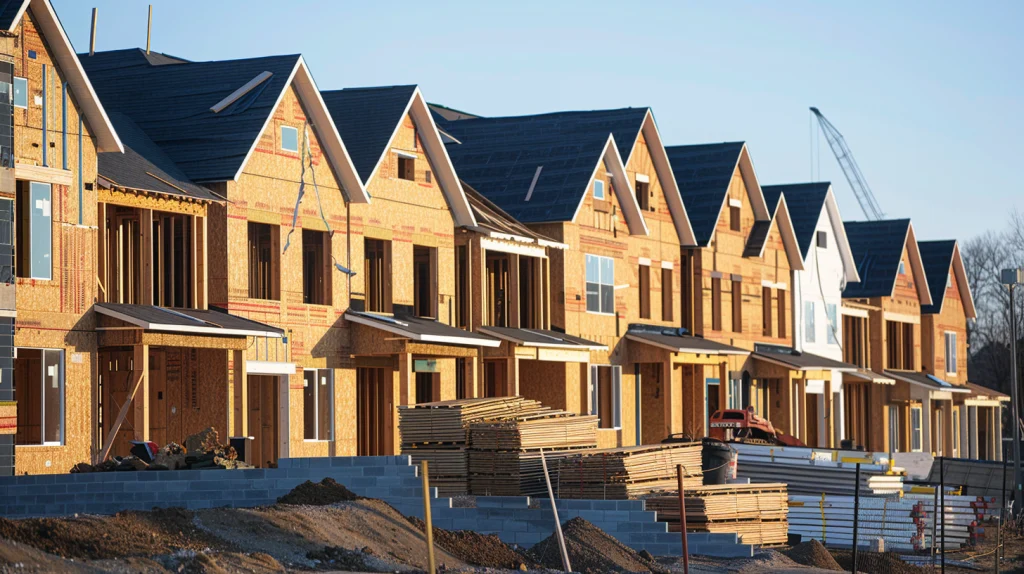
Another issue with modern homes is the potential for poor construction quality.
Some developers may use cheaper, less durable materials or rush construction timelines to maximize profits and meet growing demand.
This can lead to structural issues, such as foundation problems, leaks, or poor insulation, which can be costly.
Homeowners may deal with unexpected maintenance and repair expenses shortly after moving into their new, modern home.
3. Energy Inefficiency
Despite the advances in building technology, many modern homes struggle with energy inefficiency.
Large windows, a common feature in modern house exteriors, can allow excessive heat gain or loss and strain heating and cooling systems.
Poor insulation and air sealing can also contribute to energy waste, leading to higher utility bills and a larger environmental impact.
While some modern homes incorporate energy-efficient features, such as solar panels or smart thermostats, these additions can come at a premium price.
4. Lack of Storage Space
Modern homes’ sleek, minimalist design often comes at the expense of practical storage space.
Open floor plans and sparse cabinetry may look visually appealing, but they can make it difficult for families to store their belongings efficiently.
Limited closet space and a lack of built-in storage can be particularly challenging for growing families or those with changing needs.
Homeowners may be forced to declutter constantly or invest in additional storage solutions to compensate for the lack of built-in options.
5. Maintenance and Cleaning Challenges
Modern homes, with their large windows, high ceilings, and open spaces, can be a nightmare to maintain and clean.
Reaching high-up areas for dusting or washing can be daunting, often requiring specialized equipment or professional services.
Additionally, many modern homes feature delicate materials, such as glass, stainless steel, or exposed concrete, which demand special care to maintain their appearance.
The time and cost associated with upkeep can significantly burden homeowners who prefer a low-maintenance lifestyle.
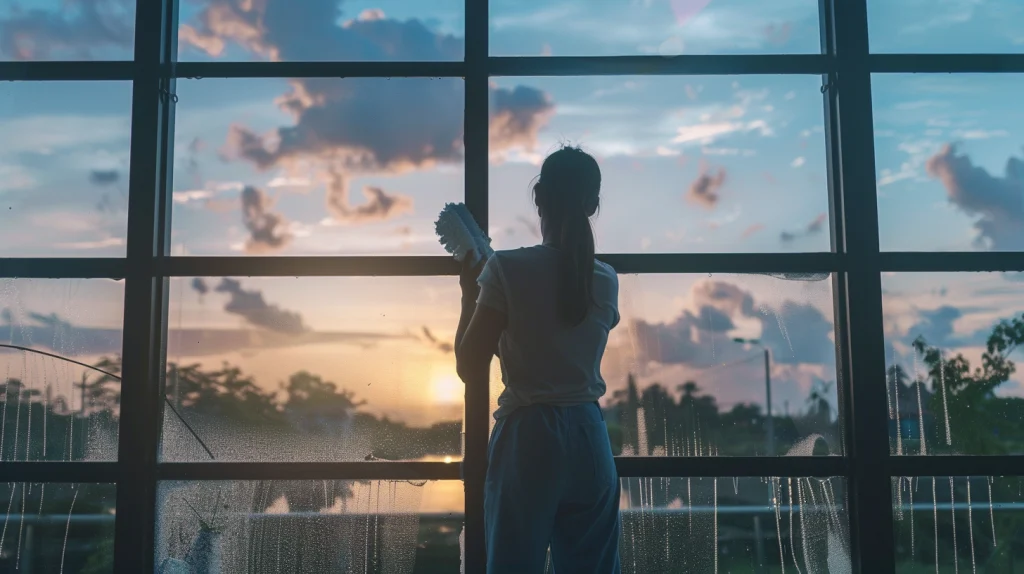
6. Potential for Outdated Style
While modern house exteriors may be trendy now, design trends can change rapidly.
What appears cutting-edge and fashionable today may look dated or unfashionable in just a few years.
Homeowners who invest in a modern home may find it challenging to adapt to new style preferences or resell their property if tastes shift.
The risk of a modern home appearing outdated can be particularly concerning for those who plan to live in their home for an extended period or those who view their property as a long-term investment.
7. Noise and Privacy Concerns
The open floor plans and thin walls common in modern homes can lead to noise and privacy issues.
Sound can easily travel between rooms and neighboring units in multi-family dwellings.
This lack of sound insulation can make it difficult for family members to find quiet spaces for work, study, or relaxation.
Additionally, the emphasis on open, shared spaces may leave little room for privacy, which can concern those who value their personal space and solitude.
8. Limited Outdoor Space
As urban and suburban areas become more densely populated, modern homes are often built on smaller lot sizes to maximize land use.
This can result in limited outdoor space for gardening, playing, or entertaining activities.
Many modern homes prioritize indoor living, with less emphasis on creating functional and inviting outdoor areas.
The lack of usable outdoor space can be a significant drawback for homeowners who value spending time in nature or those with children or pets.

9. Higher Cost of Ownership
Modern homes often come with a higher price tag than their traditional counterparts.
The premium materials, advanced technologies, and trendy design features used in modern house exteriors can drive up construction costs, which are then passed on to the buyer.
Additionally, modern homes may be subject to higher insurance rates and property taxes due to their perceived value.
Ongoing maintenance, repairs, and upgrade expenses can also add up over time, making modern homes a more costly choice in the long run.
10. Health and Safety Risks
Some modern homes may pose health and safety risks due to the materials used in their construction or their unique design features.
For example, poor ventilation and synthetic materials can lead to indoor air quality issues, exacerbating allergies or respiratory problems.
Open staircases, large windows, and other architectural elements may also increase the risk of accidents or injuries, particularly for children or elderly residents.
Additionally, modern homes may be more vulnerable to natural disasters or extreme weather events depending on their location and construction methods.
Conclusion
While modern homes undeniably have a strong appeal with their sleek, contemporary designs and modern house exteriors, potential homeowners must consider the various downsides before purchasing.
From a lack of character and uniqueness to potential health and safety risks, modern homes come with various challenges that may not be apparent at first glance.
By carefully weighing personal priorities and long-term goals, homebuyers can make an informed decision about whether a modern home fits their lifestyle and budget.
Ultimately, the key to finding the perfect home is to look beyond the surface appeal and consider the practical implications of living in a modern house exterior.


